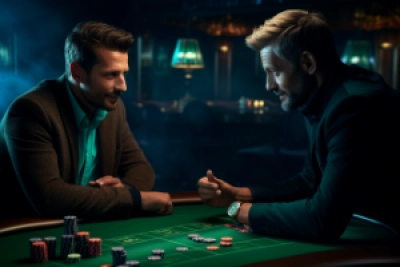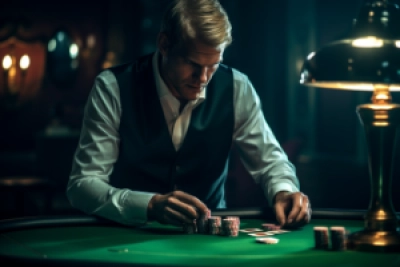In the context of online blackjack, "Blackjack" refers to a specific hand that consists of an Ace and a 10-point card (10, J, Q, K). This combination is also known as a "natural" or a "21." When a player is dealt a Blackjack, it is considered the strongest and most desirable hand in the game.
The significance of a Blackjack lies in its automatic winning status. If a player is dealt a Blackjack, and the dealer does not also have a Blackjack, the player is typically paid at a higher rate than for a standard win. In most cases, the payout for a Blackjack is 3 to 2, meaning the player receives 1.5 times their original bet in addition to keeping the initial wager.
The strategy involved in playing online blackjack often revolves around maximizing the chances of getting a Blackjack or achieving a hand value close to 21 while avoiding going over (busting). Players can choose to "stand" with their initial two cards or "hit" to receive additional cards. The decision to double down or split pairs adds further layers of strategy to the game.
While the goal of blackjack is to beat the dealer by having a hand value closer to 21 without going over, the special status of a Blackjack adds an extra layer of excitement and potential reward to the game, making it a key element in the strategy and dynamics of online blackjack gameplay.






